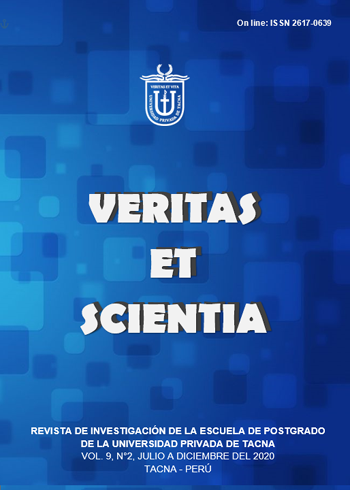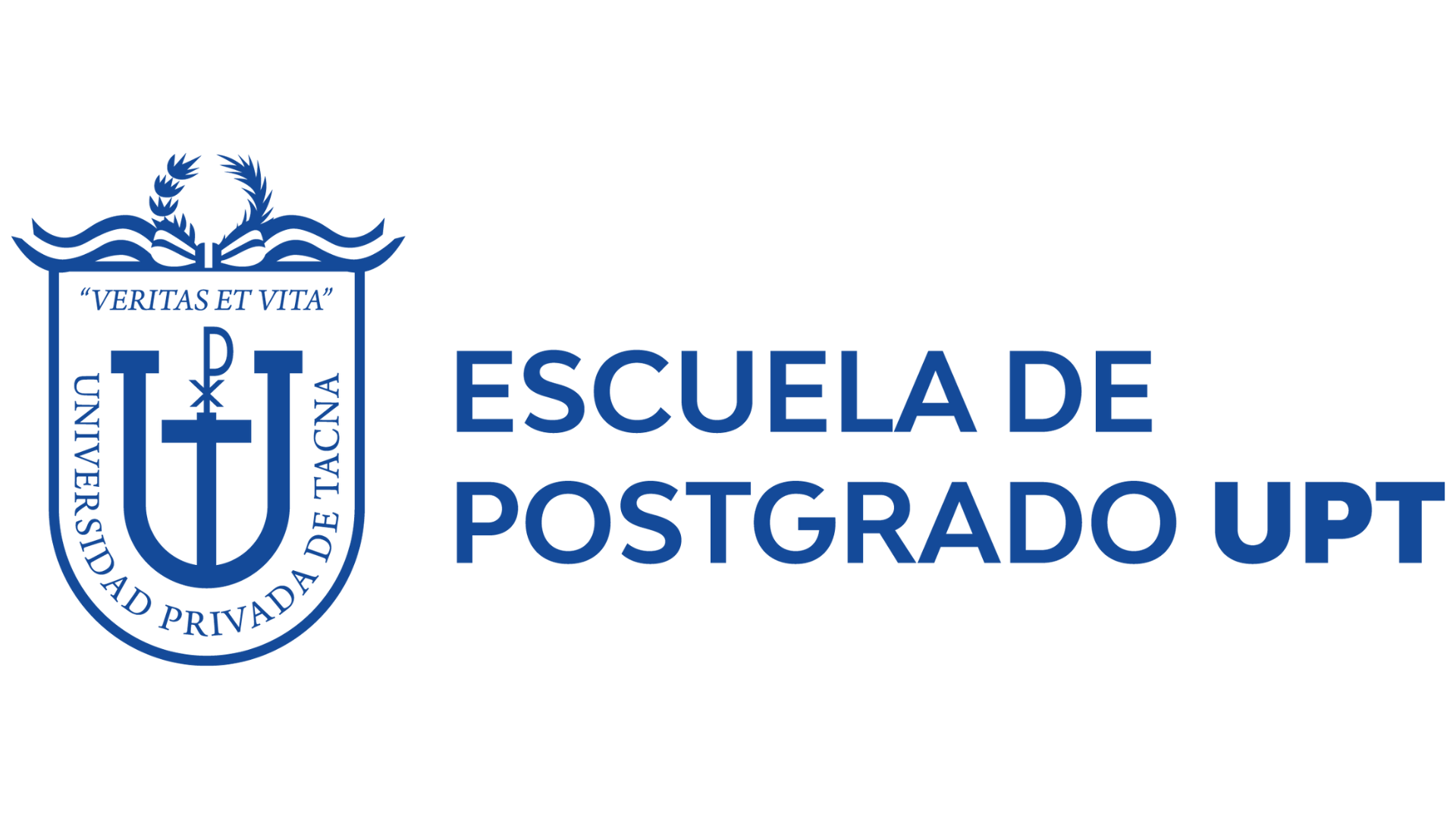Analysis of geographical areas for the development of non-conventional renewable energies, in the region of Arica and Parinacota, Chile 2019
DOI:
https://doi.org/10.47796/ves.v9i2.394Keywords:
Solar irradiance, Geomorphology, Climate FactorsAbstract
This research was carried out in order to analyze the existence of geographically unbeatable areas in the region for the development of non-conventional renewable energies (ERNC), for this purpose different points were monitored in the XV region of Arica and Parinacota of Chile, as Pampas Dos Cruces, Pampas Camarones and El Águila costs, in a period of 9 months, to consolidate this research comparative tables were constructed according to the specific objectives correlating the climatic factors according to the sun hours versus solar radiation, linked to the different geomorphological zones of the region. Historical data from the General Directorate of Civil Aeronautics (DGAC) were taken into account, which were compared and processed using a correlational methodology with the data obtained from the meteorological points of the areas of interest. After having performed the data processing it can be concluded that there is a direct relationship of the meteorological elements with the geomorphology of the place, where projects of Non-Conventional Renewable Energies (NCRE) can be implemented.













